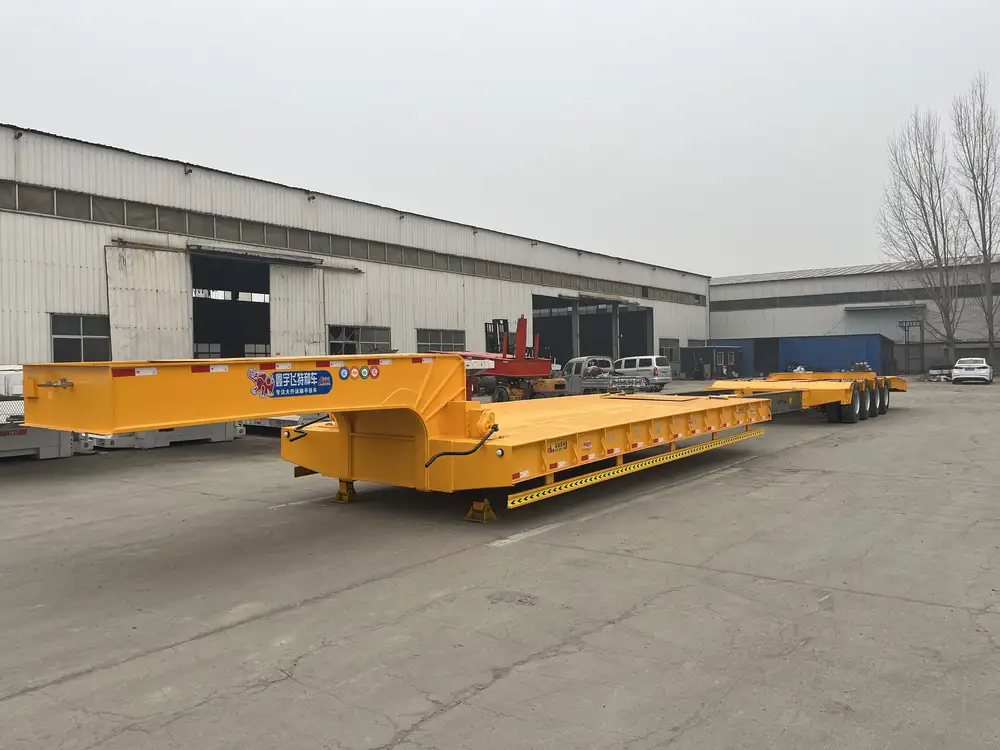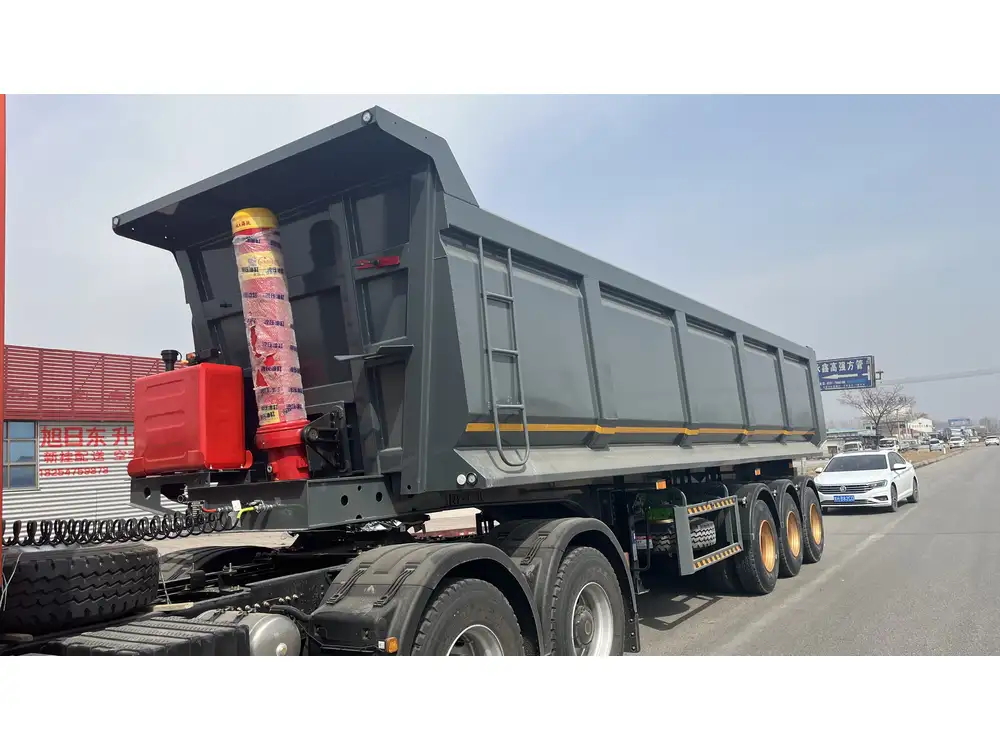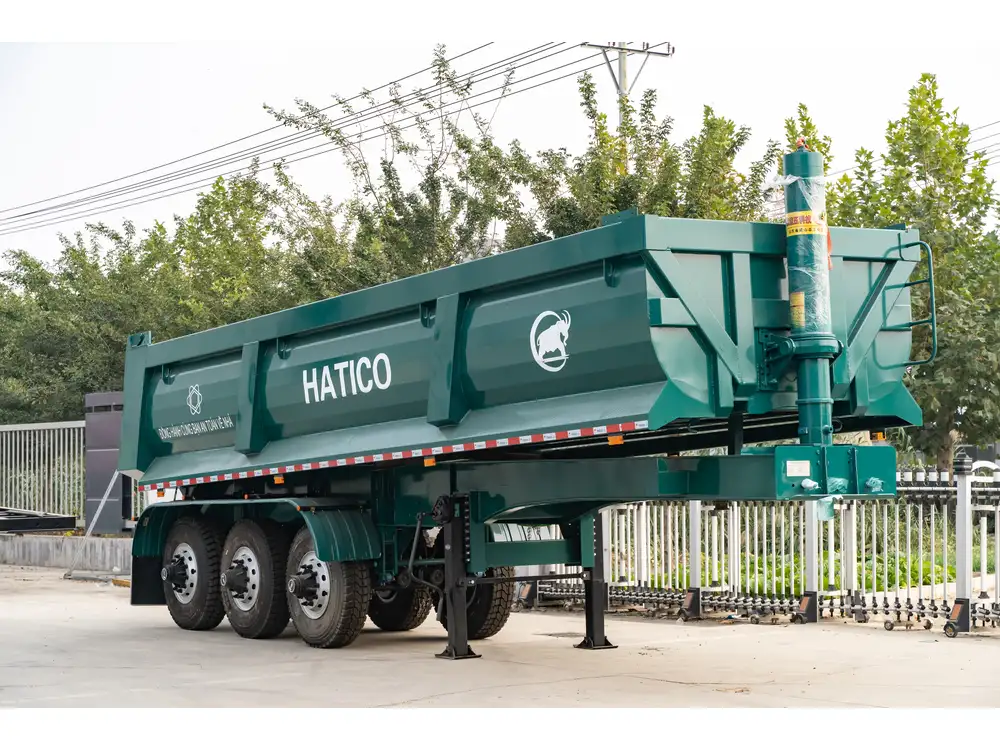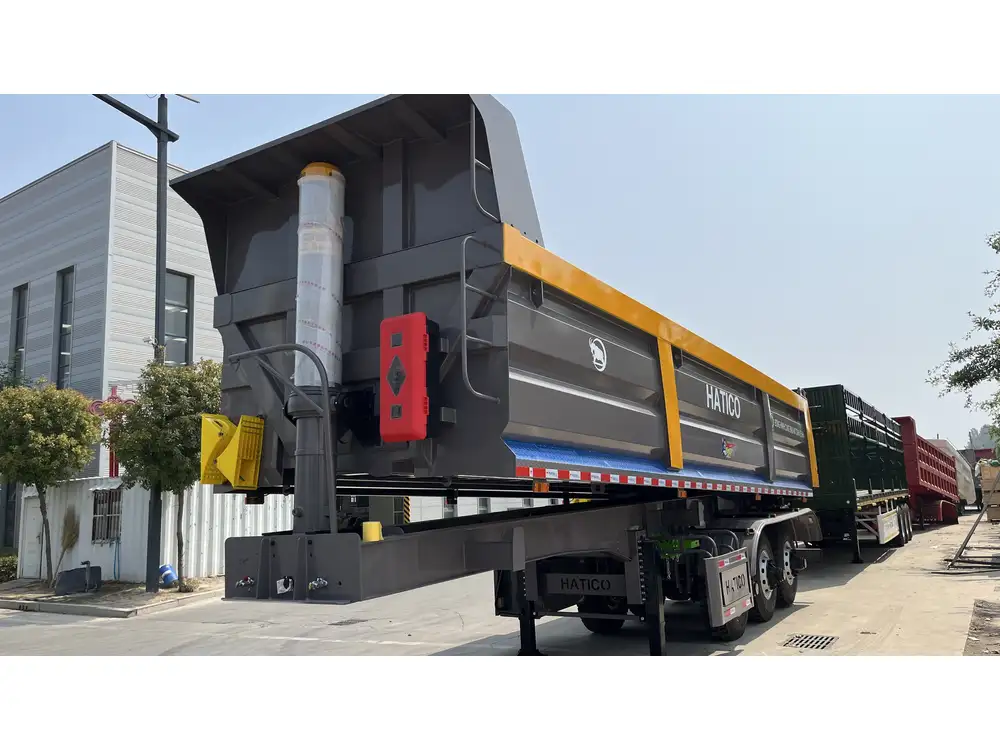When discussing the dynamics of transportation, particularly in the realm of freight logistics, the speed of semi-trucks—commonly understood as tractor units—takes center stage. While much focus is often placed on how quickly these vehicles can operate under load, there’s a crucial aspect that deserves our attention: the performance of a semi-truck without a trailer. This article thoroughly explores this subject in detail, shedding light on various factors that influence the speed of semi-trucks, the engineering behind their capabilities, and implications for the trucking industry.
The Basics of Semi-Truck Speed
Understanding Truck Specifications
To grasp how fast a semi-truck can go without a trailer, we must first examine the specifications that influence their speed. Key specifications include:
| Specification | Detail |
|---|---|
| Engine Power | Most semi-trucks feature powerful engines ranging from 400 to 600 horsepower. This power significantly affects acceleration and top speed. |
| Weight | A typical empty semi-truck weighs between 15,000 and 20,000 pounds, allowing for swift travel compared to heavier combinations. |
| Aerodynamics | The design of a semi-truck plays a crucial role; trucks engineered for lower air resistance can travel faster. |
| Tire Specifications | Tire size, type, and inflation levels also influence speed; under-inflated or worn tires can reduce efficiency. |

Speed Limits and Regulations
Every state in the U.S. imposes specific speed limits applicable to commercial vehicles. While the federal standard sets a maximum speed limit of 65 mph on interstate highways for trucks, many states enforce lower limits. Regardless of the vehicle’s potential performance, regulation compliance remains paramount.
The Unexpected Dynamics of Speed
Acceleration Without a Trailer
When we examine the ability of a semi-truck to accelerate without a trailer, the advantages become strikingly clear. The absence of a load reduces drag significantly, allowing the vehicle to take off more swiftly. So how fast can a semi-truck without a trailer actually go?
A non-loaded semi-truck can easily reach speeds of 70 to 80 mph under optimal conditions. However, these figures often depend on the following factors:
- Engine Type: Engines engineered for more torque can enhance starting speed.
- Transmission: Modern semi-trucks employ advanced automatic transmissions, providing smoother acceleration.
- Terrain: Flat surfaces allow for greater speed potential compared to inclines.

Comparison with Other Vehicles
To contextualize the speeds achieved by semi-trucks without trailers, consider the following comparative analysis:
| Vehicle Type | Average Top Speed | Acceleration 0-60 mph |
|---|---|---|
| Semi Truck (without trailer) | 70-80 mph | 15-20 seconds |
| Pickup Truck | 100-120 mph | 6-10 seconds |
| Passenger Vehicle | 120-180 mph | 4-7 seconds |
This comparison illustrates that while semi-trucks are not designed for speed, they can be surprisingly agile when unencumbered.
Factors Influencing Speed and Performance
Engine Efficiency and Technology
Modern advancements in engine technology have contributed significantly to semi-truck performance. The incorporation of turbochargers, fuel injectors, and hybrid technologies enhances both speed and fuel efficiency. Understanding these technologies can illuminate the potential for speed:
Turbocharged Engines: Offer enhanced power and quicker acceleration by forcing more air into the combustion chamber.
Common Rail Fuel Injection: Allows for better fuel atomization, thus optimizing combustion efficiency.
Hybrid Systems: Some manufacturers are exploring hybrid models that combine diesel engines with electric engines, reducing fuel consumption and potentially enhancing speed.

Weight Distribution and Configuration
Even without a trailer, the way weight is distributed within a semi-truck plays a role in speed. A well-balanced truck can achieve optimal speed more efficiently than one that is front- or rear-heavy. Proper axle alignment and tire pressure are critical for maximizing performance.
Real-World Implications: Speed vs. Efficiency
Cost-Efficiency in Freight Transport
How does speed intersect with cost-efficiency within the freight industry? Faster trucks can lead to reduced delivery times, but this comes at a cost. Higher speeds can increase fuel consumption dramatically. According to studies, each 5 mph over 50 can reduce fuel economy by approximately 10%. Thus, while a semi-truck is capable of reaching impressive speeds without a trailer, it is imperative to balance speed with operational costs.

Safety Considerations
The pursuit of speed must always consider safety, especially in the context of commercial operations. Studies indicate that speeding can lead to higher accident rates. Maintaining caution and adhering to speed regulations is critical not only for the safety of the driver but also for other road users.
High-Speed Testing Scenarios
Manufacturers often conduct extensive testing to examine how quickly a semi-truck can go without a trailer. In controlled environments, speeds exceeding 100 mph have been recorded. However, such conditions do not reflect the realities of public roads, where variables like traffic, road conditions, and weather take precedence.
Future Trends in Semi-Truck Design

Autonomous Technology
Exciting advancements in autonomous driving technology might redefine what semi-truck speed looks like in the future. As pilot tests for self-driving trucks progress, these vehicles could achieve greater efficiency, allowing for optimal speed management based on real-time traffic data.
Electrification Initiatives
The move toward electric trucks is gaining momentum, and with it, there exists the potential to enhance performance characteristics. Electric motors provide instant horsepower and torque, translating to better acceleration without the environmental cost associated with fossil fuels.
Conclusion: The Balance of Speed and Practical Use
In summary, the exploration of how fast a semi-truck can go sans trailer unveils a layered understanding of vehicle dynamics, technology, and industry implications. While semi-trucks are fundamentally designed for durability and efficiency in transporting goods across vast distances, they also exhibit significant speed potential when unencumbered.
As stakeholders in the transportation industry, it’s crucial to remain aware of the delicate balance between speed and efficiency. While reaching speeds of 70-80 mph is ostensibly achievable, maximizing fuel efficiency, ensuring safety, and maintaining operational costs form the bedrock of successful transportation logistics.
In navigating these challenges, continuous innovations will undoubtedly reshape the landscape of trucking speeds in the years to come, unlocking new possibilities for freight transport while adhering to safety and efficiency standards.



